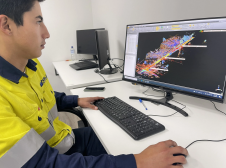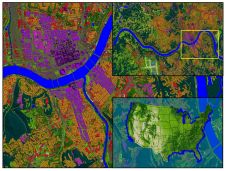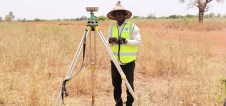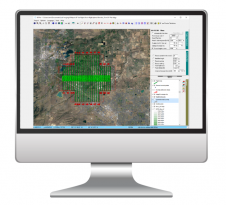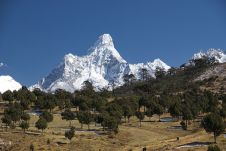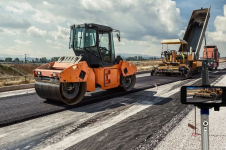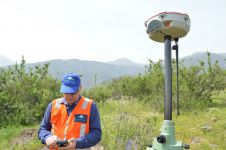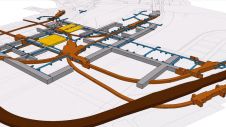Public Awareness of Spatial Data is Growing
This article was originally published inGeomatics World.
Smart apps, shifting reference frames, improving mapping in the deep ocean and engagement with the UN’s Sustainable Development Goals can all help geospatial to capture the public imagination argues Gordon Johnston, chair of RICS Geomatics Professional Group.
It’s been a busy few months in the Geomatics domain with some interesting items in the media and events now about to take place being advertised. I mentioned in a previous GW the increasing use of smart apps and geospatial data being used for people-centric uses. Geospatial apps and games are really capturing people’s imagination; and yet I still bought a couple of paper maps recently, both new and old... but only once I’d found the shop by using my smartphone!
The rise in awareness of spatial data, or information based upon it, has promoted some aspects of our profession into the mainstream media and news. Australia’s re-alignment within the global geodetic reference frames was hailed as a shift of a proportion equal to that of a red kangaroo, at 1.8 metres; then we had ambitious goals set by GEBCO (seewww.gebco.net) to improve our mapping of the oceans from the current 30 arc second grid (well over 800 metres) to an appropriate accuracy and resolution for all the main oceans of our planet by 2030 and so align with the UN Sustainable Development Goals. These are now newsworthy items whereas a few decades ago it’s likely that only professionals reading the likes of GW would get to hear and understand some of these initiatives.
A few decades ago there were some plans to create seabed monuments as markers. It seemed absurd back then. However, the plans for geodetic monuments on the oceans might actually be a good idea for the future swarms of robotic units to accurately reference themselves across the remote seas. Disputes across our seas and oceans have yet to really escalate and accuracy of data will rely upon initiatives such as those by Australia and GEBCO.
Achievement for Vocational Land Surveyors
The graduation in July of the TSA school’s vocational land surveyors was a really positive experience and if we could only develop and expand this fine work and offer similar opportunities across a wider community and generate slightly larger numbers, I think that could be really beneficial to our profession. It may be particular to the UK, but I know of schemes in Europe and similar initiatives for the offshore sector, which are also developing based around distance and blended learning modules in order to reach their audience. Common to these is the adherence to recognized competencies and professional standards as developed by organizations like RICS.
公认的标准往往不是一个年轻的教授essional’s mind when they first start out but as opportunities occur and careers progress the potential to be involved in key projects, interesting developments and both national and international work may depend upon the individual’s professional qualifications and competencies. So having them recognised is important as are the technical standards that the work may require. RICS has developed many agreements and reciprocal arrangements that enable a surveyor to be accepted in a different country. For Chartered Land and Hydrographic Surveyors it is a recognised brand which provides a certain status for the individual.
Important International Initiatives
RICS has been instrumental in developing and promoting a number of the recent key reference documents such as the IPMS and BIM and is involved in developing fit-for-purpose Land Administration Guidance. These guiding principles are important in meeting international initiatives to develop land administration systems and secure tenure for many more of the population (currently only about 30% of the world). New technologies and associated methodologies are emerging and RICS and its members should continue to be active in setting bold objectives that fit in with the UN Sustainable Development Goals and contribute to society.
Great opportunities lie ahead to see new technologies, talk to developers and network with users at InterGEO ’16 in Hamburg in October and then Hydro ’16 in November in Rostok, Germany.
Geospatial technologies and methods may help us achieve some of the key UN Sustainable Development Goals. Achieving these aims really would be newsworthy.
This article was published in Geomatics World September/October 2016
Make your inbox more interesting.Add some geo.
Keep abreast of news, developments and technological advancement in the geomatics industry.
Sign up for free

